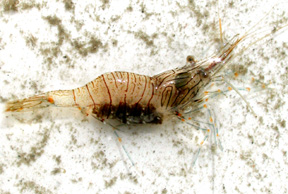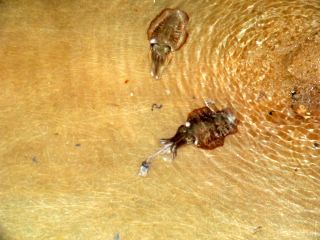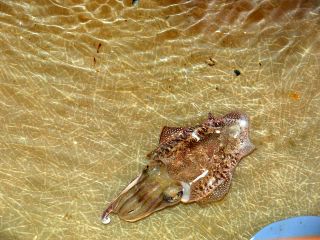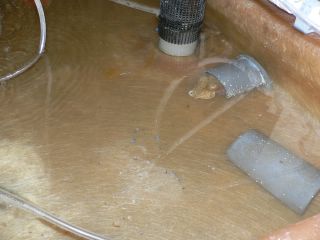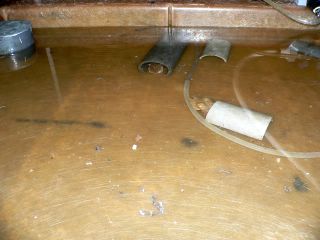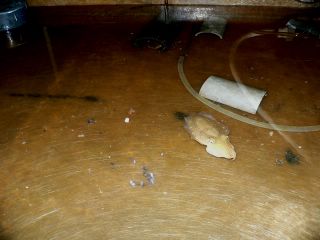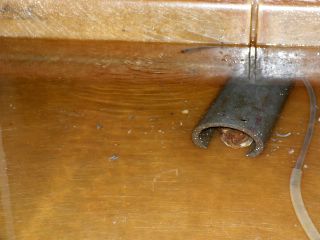Internship coming to a close... time to say goodbye *sniff*
Well, this is the last week of my internship at MBL. I've seriously been considering just setting up a cot here in the office as I have a lot I want to try and finish before I leave. It's been a while since I last updated, but that's just because I've been doing so much since then.
Do get caught up, we finished the colorblind experiment, which means I did finish cutting out all those images (yay!) However, Roger Hanlon liked the idea of having a cuttlefish completely separate from its substrate so much that in truth, I never really finished.
I did some experiments to help out with an ongoing ontogeny experiment dealing with the development of the disruptive pattern in cuttlefish, specifically Sepia officinalis (of course) using once again checkerboards to evoke the disruptive pattern. However, this time instead of changing the intensity, the size of the squares relative to the cuttle's white square were changed. It's been shown that when the squares are fairly small (say an area of 4% relative to the area of the white square) the animal produces a mottled pattern. When the squares start to get around 100% and larger than the white square the animal becomes more and more uniform. The ideal size square to produce a disruptive pattern is one that is slightly smaller than the animal's white square, for the most part regardless of the animal's age.
I've also been working on my own project, again dealing with evoking different camouflage patterns. However, this project involved working with octopuses! For those that don't know, octopuses are much harder to work with than cuttlefish. Not only will they not simply sit still for you to film, some will simply take it upon themselves to try and leave the experimental tank! So because of this, certain barriers had to be crossed but I was happy with the results I was able to obtain with three different species using two different substrates.
I'll never forget anyone I worked with, mainly because there's a good chance I'm going to be seeing them again while I'm working on my graduate studies :) but also because I learned a lot from everyone there and was made to feel at home. So to Roger, Lydia, Alex, Janice, Erica, Rox, and everyone else, thanks for a great experience!
